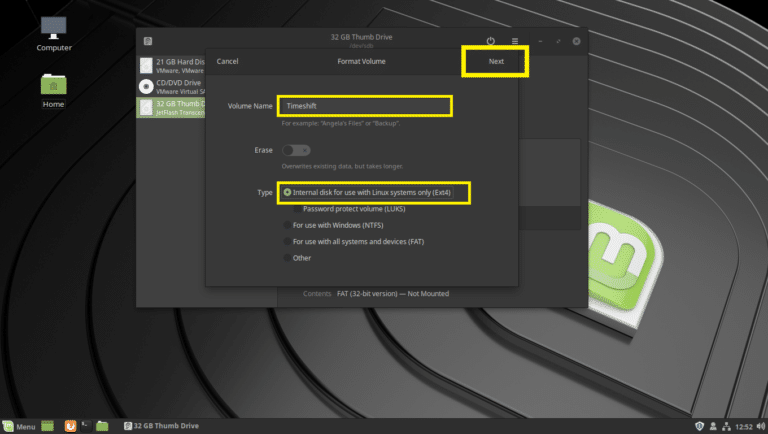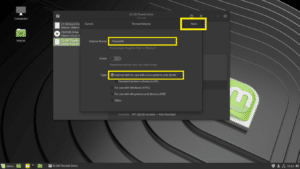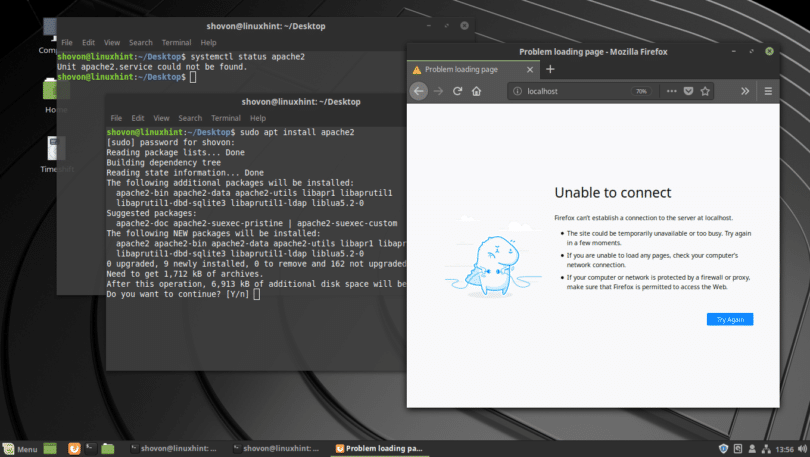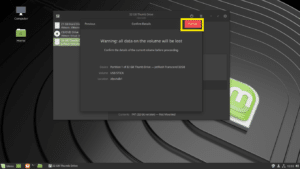
TIMESHIFT USB BACKUP HOW TO
TIMESHIFT USB BACKUP UPDATE
Well, we have used the APT package manager and system’s default repository to install TimeShift, hence running the system update and upgrade command will also install if any latest version of TimeShift is available.Īfter some time, if you are not interested in the Timeshift anymore then we can remove it using the APT package manager and remove option.

Snapshots are created using the built-in features of the BTRFS file system.Files and directories can be excluded to save disk space.Saving snapshots to non-system or external disks allows the system to be restored even if the system disk is damaged or re-formatted. Snapshots can be saved to any disk formatted with a Linux file system.Unchanged files will be hard-linked from the previous snapshot if available. All files are copied when the first snapshot is created.Snapshots are created by creating copies of system files using rsync, and hard-linking unchanged files from the previous snapshots.Note: To use the BTRFS snapshot type your Linux file system must be formatted in BTRFS. Go through the below-given details and select one of your choices. To run it, the system will ask you to enter your user password.Īs this backup program is launched on your system, it will ask you to select the snapshot type between Rsync and BTRS. And search for “ TimeShift“, as its icon appears, click to run the same. Once the installation is completed, go to Ubuntu’s Application launcher or whatever Debian-based system you are using. Restoring a previous system status does not overwrite any documents, but also restores user settings.

TimeShift uses Rsync to work in the background quietly to take care of system files and leaves users’ personal files in their home directories untouched, but also backs up their configuration files.

The first backup point is always a complete backup of the system directories and is quite large at a few gigabytes. Nevertheless, each snapshot contains a complete backup set, which can also be searched with a file manager, since identical files are represented by hard links. Recovery points share common, unmodified files so they are not saved multiple times.

The user Linux backup tool only creates differential backups and use storage space sparingly. The key task of the tool is to create snapshots of the Linux file system that restore a previous state when restored. We can easily install this Linux system restore or backup tool on Ubuntu, Linux Mint, and Debian. Like Windows System Restore and macOS Time Machine, Linux also has a tool called “TimeShift”. Even an experienced user can use it to remove the headache of installing a Linux from scratch if something goes wrong. In such a case, if a person has a backup of the system then restoring it to the earlier point when everything was working is quite easy using TimeShift. Linux system installation and setup is not a difficult task but if you are new to it then issuing any wrong command could cause some error that would be difficult for you to resolve. Learn the steps to install TimeShift on Ubuntu 22.04 Jammy JellyFish and Ubuntu 20.04 Focal Fossa using the command terminal.


 0 kommentar(er)
0 kommentar(er)
